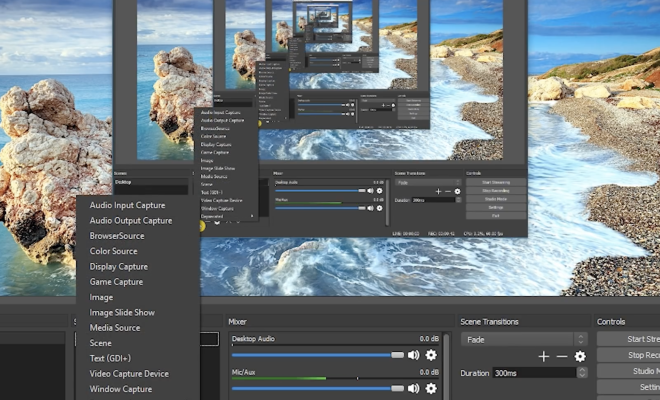Eliminating tests through continual assessment

**The Edvocate is pleased to publish guest posts as way to fuel important conversations surrounding P-20 education in America. The opinions contained within guest posts are those of the authors and do not necessarily reflect the official opinion of The Edvocate or Dr. Matthew Lynch.**
A guest post by Leslie Tyler
“Common Core was such a good idea,” remarked a middle school administrator I recently spoke with. “But then the testing ruined it.”
Educators have been working on the transition to the new Common Core State Standards over the past 4-5 years. But last year’s final implementation step – administering the standardized tests meant to ascertain whether students met the more rigorous standards – has caused enough controversy to undo that work, overturning the standards themselves in some states. To date, at least 10 states have abandoned Common Core or have announced intentions to do so. President Obama concurred with the test critics, saying, “Learning is about so much more than just filling in the right bubble. So we’re going to… make sure that we’re not obsessing about testing.’’
So what went wrong? Besides the wholesale change in the test content and delivery, the primary mistake was placing such a large bet on the outcomes. Results could affect federal funding. Teachers and administrators could be fired and “failing” schools taken over or closed. With these types of penalties, testing changed completely from a vital part of teaching and learning into a ruler to rap knuckles.
The Upside of Tests
Good teachers have been giving tests for centuries to understand what students know and what they still need to learn. Such so-called “formative” tests vary widely in method and definition – from students’ reflecting on their work to a quiz on last night’s reading – but they nevertheless provide essential information to teachers and students about what to cover next. In fact, recent research shows that formative assessment actually helps students retain what they learn.
While it’s a bit Pollyannaish to propose replacing standardized tests with formative ones, we could eliminate the most negative effects by doing more formative assessment. Following are some of the biggest testing pain points and ways to alleviate them through low-stakes, continual assessment:
- Too much time away from teaching
In a survey of the Edulastic community last summer, we found that educators’ top concern with the new tests was the time required of students: 70% were somewhat or very concerned about it. Unlike formative assessments, which provide immediate data on understanding so that teachers can adjust instruction, educators do not get results from standardized tests until it’s too late to do anything about them. A recent study on testing released by the Council of the Great City Schools found that 39% of school districts had to wait 2-4 months to get test results, often not arriving until after school was out for the year.
- Increased anxiety for students and teachers
Having just one chance to show what you know, with stiff penalties for failure, increases anxiety for teachers and students. In contrast, formative techniques like pre-tests and post-tests help students focus on and practice the most important concepts. Continual assessment reduces anxiety because it’s designed to reveal what a student has learned and has yet to learn, as opposed to whether the student has succeeded or failed.
- Lack of reliable data on mastery or progress
Perhaps the most discouraging thing about our current standardized testing scheme is the scarcity of data it produces on student learning. Continual formative assessment produces thousands of time-series data points, allowing educators to say with confidence that a student has mastered a standard or skill. To get this level of confidence from a single, comprehensive test, students would need to answer dozens of questions for each standard, requiring hours of testing (see pain point #1).
Clearing Roadblocks to Change
Historically, standardized tests aimed to easily compare student performance (and by proxy teacher competency). Unfortunately, they are simply inadequate for this task. But how might we answer vital questions like, “How are our schools doing?” and “What do we need to adjust?”
To answer these questions at all levels – from individual students to whole states – we need more formative assessment practice and better data collection systems. Many teachers and schools already make formative and common assessments part of their curriculum. Grade level teachers review results together to figure out what’s working and what needs to be revised or redone. We need more support for this type of professional development, including training on how to assess well and interpret results, time for peer learning in PLCs (professional learning communities), and promotion of best practices in assessment and data analysis.
Second, we need better, more standardized data collection systems. Providing teachers banks of high-quality assessment items to include in their continual assessment mix will yield comparative data on student performance while promoting learning. Aligning teacher-created formative assessments with standards allows for standardized data collection – instead of standardized tests – to exponentially expand the number of data points available on student proficiency.
We’re at an inflection point with our approach to testing and measurement. Educators have better research, technology and data tools available to create a new, more efficient system of comprehensive assessment. If we can’t eliminate standardized tests, we can at least reduce their downside. And spend the time and money saved on assessment practices that promote learning and get us closer to the answer to “How are we doing?”
Leslie Tyler is a Vice President of Marketing at Edulastic, a platform for personalized formative assessment for K-12 students and school districts.






